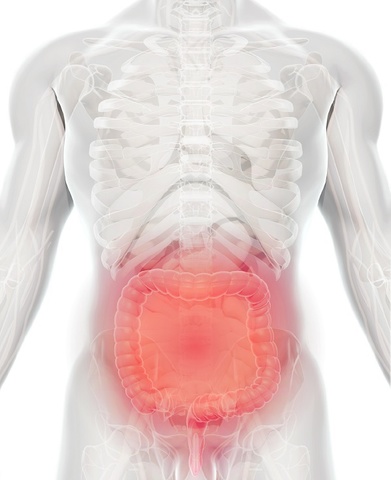
FAST FACTS: Abdominal Pain

Abdominal pain is commonly called a belly ache. The source of abdominal pain in older adults can be very difficult to identify and is much more likely to be related to serious medical conditions than in adults under 50. Constipation and urinary tract infection (UTI) are the most common sources of abdominal pain in older adults. However, older adults should also be screened for more serious conditions. Due to the vague nature of symptoms that often appear with abdominal pain, misdiagnosis is common and can potentially result in death. Many of the more serious conditions often cause a fever; however, older adults may often have a normal temperature with more serious conditions.
Conditions Which Cause Abdominal Pain
- Pancreatitis - Inflammation of the Pancreas
- Upper abdominal pain/tenderness which may travel to the back
- Pain increases after eating
- Nausea/vomiting, weight loss
- Oily smelling stools
- Cholecystitis - Inflammation of the Gallbladder
- Upper right abdominal pain/tenderness which may travel to the right shoulder
- Bloating, nausea/vomiting
- Fever/chills
- Appendicitis - Inflammation of the Appendix
- Lower right abdominal pain/tenderness that increases with time and may get worse with movement or coughing
- Abdominal swelling
- Nausea/vomiting and loss of appetite
- Constipation/inability to pass gas
- Gastroenteritis - Intestinal infection also called the “stomach flu”
- Watery loose stools
- General abdominal pain and cramping
- Nausea/vomiting
Possible Interventions
- Abdominal pain should be investigated immediately as delays are the most common cause of death
- Document and share information about your loved one’s symptoms with their healthcare provider
- Pain management will focus on treatment of the underlying condition
- Pain medication may be ordered to help reduce pain, depending on the severity of pain and its impact on function
- Nondrug treatments can be used to assist with pain management
What Else You Should Do
- Write down and share information about your loved one’s pain with their healthcare provider
- Use a Pain Diary to note important information useful to the healthcare provider
- Encourage your loved one to try a non-drug treatment and document the impact on their pain in their Pain Diary
References
- Mayo Clinic. July 3, 2021. Abdominal Pain. Accessed 3.13.2022. https://www.mayoclinic.org/symptoms/abdominal-pain/basics/causes/sym-20050728
- Cleveland Clinic. July 13, 2020. Abdominal Pain. Accessed 3.13.2022. https://my.clevelandclinic.org/health/symptoms/4167-abdominal-pain
Revised January 2022
